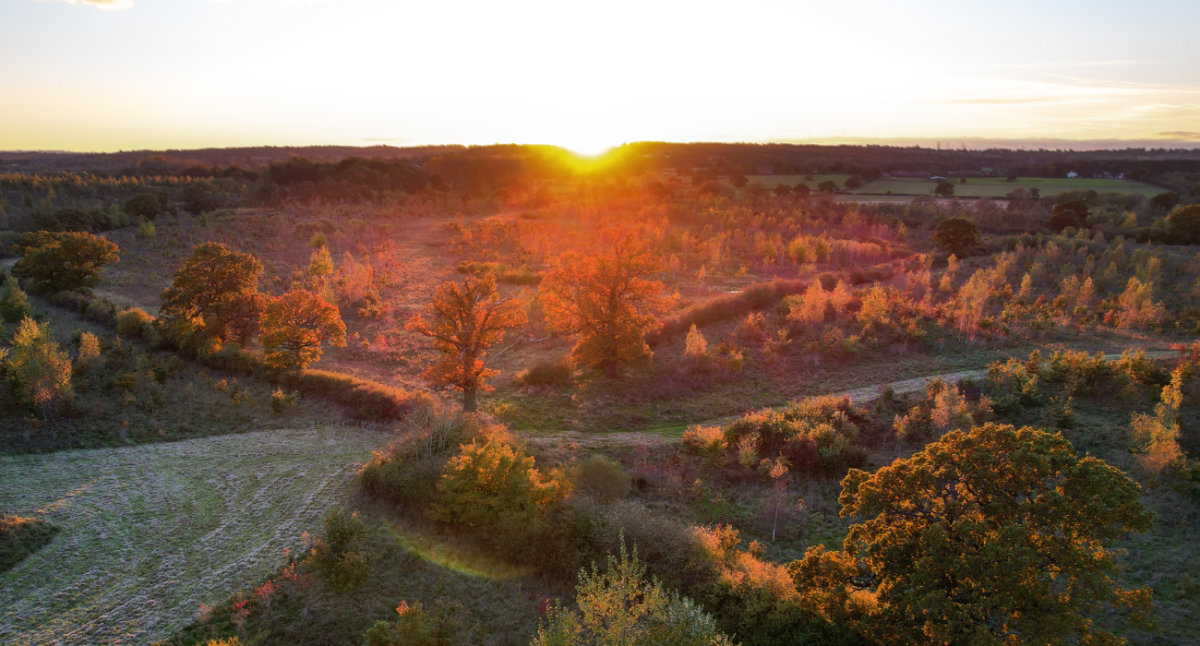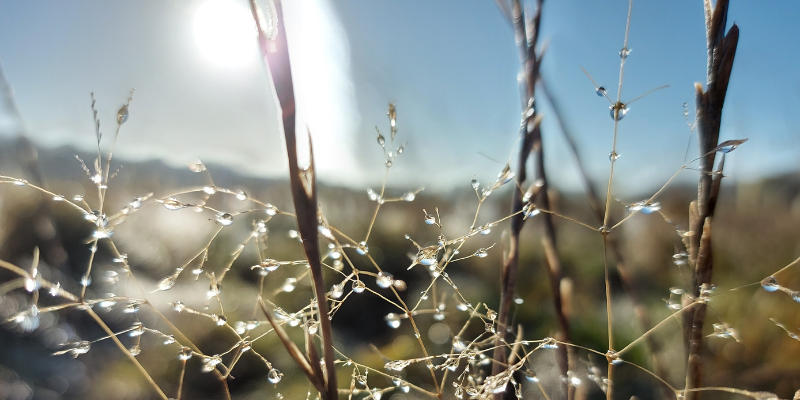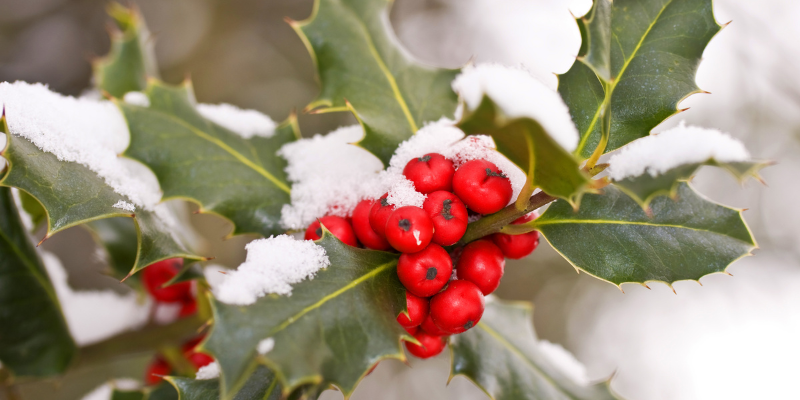
Celebrations and mysticism of the winter solstice
As the year begins to draw to a close, the winter solstice that occurs in late December marks a turning point within the natural environment. Ed Leszczynski, Forest Projects Manager, explores the traditions and myths that surround this special time of year.

The day the sun stands still
Taking place on the 22nd December this year, the winter solstice marks the 24-hour period with the fewest daylight hours of the year in the northern hemisphere, in other words the shortest day of the year or the longest night.
Personally, this provides me with a feeling of gathering excitement and expectation, as I feel the trees and other plants are silently gathering their forces to prepare for the return of lighter longer days, so they can burst through the gloom and again provide all of us with wonder and pleasure. That is not to say that a woodland walk in the winter, particularly on the winter solstice is not joyful; it simply provides a different perspective and perhaps the opportunity to reflect on the past year.
The word “solstice” is derived from the Latin words “sol” (sun) and “sistere” (to stand). In other words, “The day the sun stands still.”

Solstice celebrations around the globe
The winter solstice has been celebrated by many different cultures around the world for centuries; intertwined with activities and myths. Many of the myths are related to the theme of renewal and the triumph of light over dark.
The Scandinavian Goddess, Beiwe, is associated with health and fertility. It was believed that she travelled through the night sky in a structure made of reindeer bones with her daughter, Beiwe-Neia, to bring back the greenery on which the reindeer fed. For this very reason she was worshipped at this time of the year.
The tradition of the Yule log which many of us keep to this day is based on a Pagan Scandinavian winter feast where Juul logs were burned to symbolize the heat and life-giving properties of the returning sun. It was believed that the yule log had the magical effect of helping the sun to shine more brightly.
Other winter festivals include the Hopi Indian Festival of Soyal, the Polish celebration of Gody, Greece’s Brumalia celebration, and the Hindu celebration of Makar Sankranti.
Bringing things closer to home as regards trees in the Forest is the story of the Oak King and Holly King, which represent summer and winter respectively, and are forever locked in a battle for control over the seasons. Both Kings represent solar lightness, darkness, crop renewal, and growth. During the hot and balmy days of summer and when in full leaf, the Oak King is at the height of his strength. On the approach of winter and with the loss of the Oak King’s leaves, the Holly King regains power which peaks at the winter solstice.

Symbolisms and nature
As I walk (and I would encourage everyone to do so through the Forest), there are certain trees and plants I look out for which are firmly associated with the winter solstice.
Holly, for example, has long symbolised protection and good luck, with ivy being associated with loyalty and fidelity. It is no surprise that we sing of the holly and the ivy and bring both into our homes. Yew is considered to symbolise both death and resurrection, a truly apt tree for the end of the solar year, with the oncoming lighter days peeping round the corner.
We should not forget mistletoe which is far more readily seen at this time of year, and is considered a highly magical plant to some, long believed to have healing and fertility powers. The berries are beloved by mistle thrushes and winter Forest visitors like redwings and fieldfares.
After you have savoured your winter solstice walk and feel the physical and mental benefits, why not continue celebrating by making your own winter Juul log that you can burn to ward off the dark nights or just admire in your homes!



